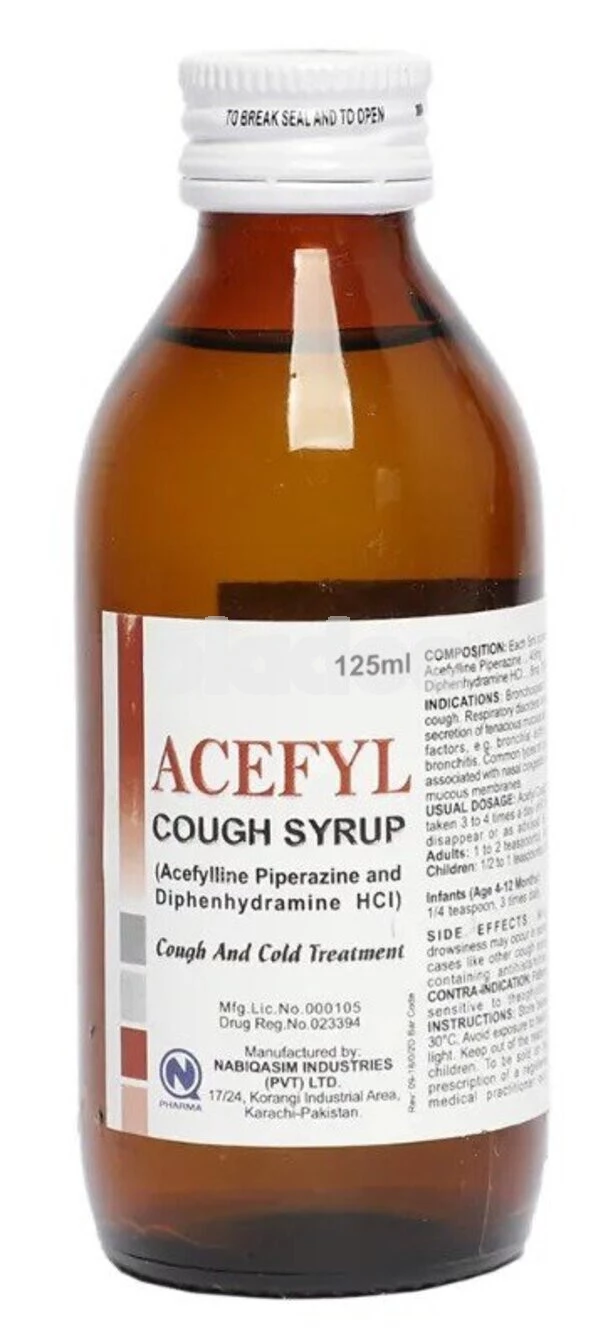No one thought that an influenza virus, COVID-19, could wreak this much havoc in the modern world, where research and technology have hit the epitome of excellence. Paralyzing the world, this virus has perplexed the great thinkers of the modern age, and yet, the growth of the virus does not seem to recede.
Relatively a new virus, initially there was a lack of data available to understand the disease progression. However, with time has come a better understanding of the symptoms of coronavirus. It is important for people to know the coronavirus timeline to know what will happen during the course of the disease.
Table of Contents
Coronavirus and its symptoms
Coronavirus does not follow textbook symptoms in every patient. They are extremely subjective, but commonly observed are; fever, cough (dry), fatigue, phlegm. Less frequently observed ones include breathing problems, joint and muscle aches, sore throat, headache. A very small number of patients have gastric problems.
The symptoms of the virus take anywhere from 2 to 14 days to manifest. Also, many people remain asymptomatic for the initial phase of the disease as well. There is, however, a generic path which majority of the patients follow.
Coronavirus timeline with respective symptoms
Day 1:
Patients are often not very sure of their condition. The symptoms start off mild, so many people tend to shrug them off as a bad day or attribute it to some other disease.
Most people have a fever, but not raging one; the temperature tends to hover around 100 degrees Fahrenheit. Fatigue is reported by the majority of the patients as well. Aching muscles and bones are present in the initial phase of the disease as well.
Some people also have flu and runny nose as well. Mildly sore throat or dry cough, in the beginning, is also observed in the patients. However, these symptoms are less often seen in the patients, at least at this point in the disease, despite it being a respiratory disease. Fatigue and fever on the other hand are more common symptoms.
Also, since most of the people are informed of COVID-19 symptoms being similar to that of common flu or cold, hence most people at this stage tend not to make a connection between their condition and COVID-19.
Moreover, a very small subset of patients also experience gastric issues prior to getting the fever; diarrhea and nausea were amongst the reported issues, according to study conducted in Wuhan, China.
Days 2-4:
The symptoms persist for most patients, especially the fever.
Day 5:
Breathing difficulties tend to start off around day 5. It is common for the patients to have shortness of breath, tightness in the chest, have palpitations, or experience hyperventilation. Some people might also have shallow and rapid breathing.
These symptoms are more severe in older patients. Those with preexisting breathing or respiratory issues are more likely to suffer from breathing problems on account of coronavirus as well.
For severe cases, it is around this time that the symptoms of the disease start to aggravate.
Day 6:
Breathing difficulty and fever tend to continue in the patients. Persist cough is also present in some patients on the 6th day of the disease.
Day 7:
Generally, the symptoms tend to get better after a week for milder cases. However, those patients experiencing breathing problems, tend to get hospitalized on the 7th day as at-home care is not possible for them anymore.
For such people, there is persistent tightness in the chest, they have trouble breathing, their lips turn blue which is a classic sign of lack of proper oxygen supply. Since oxygen saturation levels can drop suddenly, hospital care is imperative.
Day 8:
At this point, the patients having severely impacted by the disease will start showing signs of acute respiratory distress syndrome (ARDS). In this condition, on account of the inflammation from the infection, fluid from the blood vessels leaks into the air sacs present in the lungs.
Thus, with fluid occupying space in the lungs, their capacity to host air is reduced. So, less oxygen is available to the lungs, and the body as a whole. The organs than are oxygen-deprived and are hence unable to perform their task.
ARDS is remarked by shortness of breath, rapid breathing, disorientation, lethargy. This condition is often fatal, and thus extremely dangerous. 15% of the patients of coronavirus tend to suffer from ARDS, according to the Chinese Center for Disease Control and Prevention.
Other complications that can occur around the 8th day are pneumonia and shortness of breath.
Day 10:
It is on the 10th day that patients whose condition is not improving are shifted to the Intensive Care Unit (ICU). The symptoms aggravate and are often accompanied by a loss in appetite and abdominal pain.
Day 12:
The average disease time for the patients is 12 days. At this point, the fever goes away although cough might still be experienced by some patients.
Day 13-14:
Breathing difficulties, for patients who are more likely to survive the disease, will start to ease off. However, serious patients might continue experiencing it. The prospects of survival are rather grim for such patients.
Day 17-18:
Hospitalized patients who survived the virus can be discharged at this point, as per the policy taken up in Wuhan. However, the day of discharge can vary.
18.5 days is the average survival time (starting from the onset of the first symptom) for those patients for whom the virus proved to be lethal.
Day 22-27:
Some patients tend to get discharged on day 22 of the disease, or day 27.
This coronavirus timeline is a summary of what the majority undergoes but patient journeys tend to be subjective as well. Thus you should stay in touch with an internal medicine specialist if you have a corona patient at home. You can book an appointment with a top internal medicine specialist in Lahore, Karachi , and Islamabad via oladoc.com or by calling at 042-38900939.






